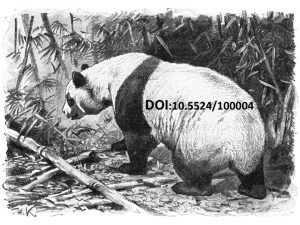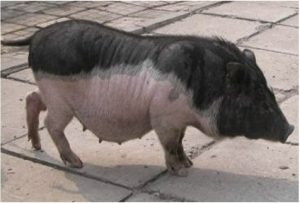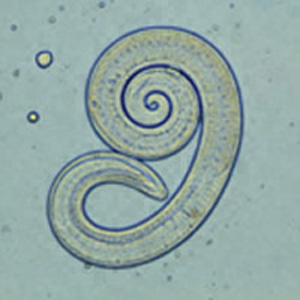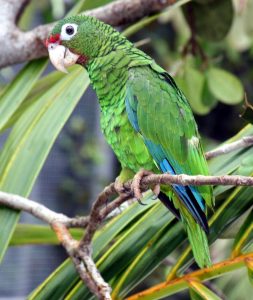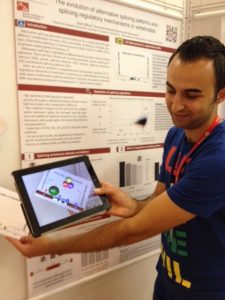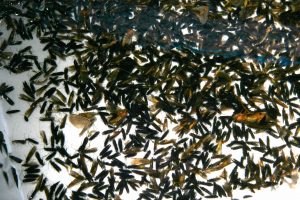
Insect goo aids biodiversity research Apologies to Jonathan Eisen (see Badomics in the journal), but today in GigaScience we publish a new “squishomics” approach for assessing and understanding biodiversity, using the slightly wacky sounding method of combining DNA-soup made from crushed-up insects and the latest sequencing technology.


